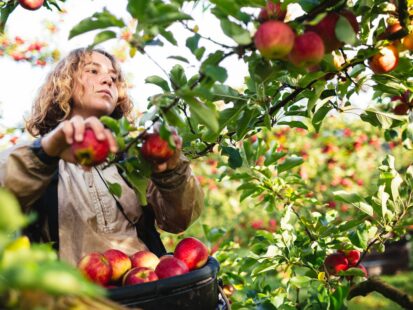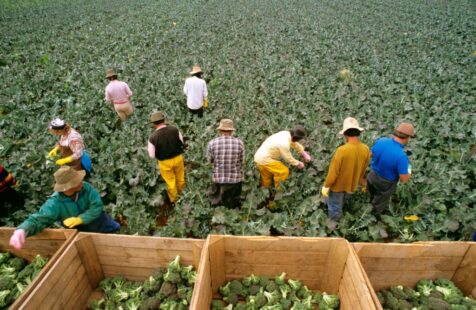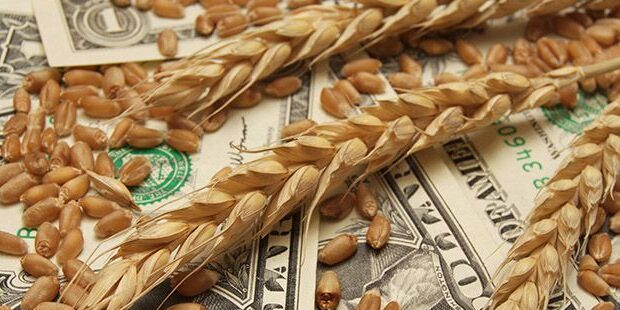
Grains and fertiliser producers are expected to post a strong performance in 2021, while wool producers will struggle. Following severe drought conditions over much of the prior three-year period, greater rainfall levels in key growing areas have improved crop yields. The expected level of output in 2020-21 is a near-record, second only to the highs achieved in 2016-17. The favourable climate conditions and higher export prices are expected to contribute to a 44.4 per cent rise in revenue in the grain-growing industry in 2020-21, though domestic grain prices are expected to fall substantially.
Global demand for grains is expected to rise during the year, supporting higher world prices. On the other hand, the economic impact of the COVID-19 pandemic has created demand deficiencies for premium wheat products and downstream dairy foods. Additionally, high rainfall has limited demand for grain feed from Australian livestock farmers, placing downward pressure on domestic prices. Additionally, barley production has surged, China imposed an 80.5 per cent tariff on Australian barley, which cut off local farmers from its largest market as China accounted for 30.3 per cent of Australian barley exports in 2019-20.
This has forced barley growers to find new export markets, such as beer manufacturers in Mexico and India. Improvements in rainfall and the associated increase in the total crop area planted also means an increased demand for fertiliser. Revenue in the fertiliser manufacturing industry is expected to rise by 11.6 per cent in 2020-21, to $4.2 billion. The prices of key inputs into fertiliser, such as natural gas and ammonia, are expected to increase from the lows caused by supply-demand disparities due to the COVID-19 pandemic. As a result, the domestic price of fertiliser is expected to rise by 7.2 per cent in 2020-21.

When one imagines a farmer in australia or an agricultural corporate leader, chances are that the picture is that of a man. This is because the majority of people around boardroom table in agriculture are still men, as is the typical stereotype of a farmer. This makes sense as up until 1994, where women were […]
Read More →
WHEAT: THE SUPER GRAIN OF AUSTRALIA When it comes to harvesting grains, wheat is a major winter crop grown in Australia. The sowing commences in autumn and the harvesting is based on the climatic conditions of the season. According to a general rule of thumb, wheat is harvested during spring and summer. Some of the […]
Read More →
It cannot be denied that Australia is one of the world’s largest exporters. Therefore, the nation is now set to witness a second-consecutive year of strong wheat exports. Even though there are government interventions and production cuts, Australia has still managed to sustain its exports. At the current moment, the country is forecasted to produce […]
Read More →